If you want your home to feel bright and cheerful, adding some plants is a great way to do it. But not all plants thrive in bright light. So, how do you choose the best plants for bright light?
How To Choose The Best Plants For Bright Light
While all plants require some amount of light to grow, not all plants tolerate the same intensity of light. There are three different types of light to consider while growing indoor plants.
- Bright Light
- Medium Light
- Low Light
Consider these light intensities before choosing the plants.
The best plants for bright light are those that can tolerate direct sunlight, but not all plants can tolerate the same intensity of light. Make sure to consider what intensity of light you want for your plants.
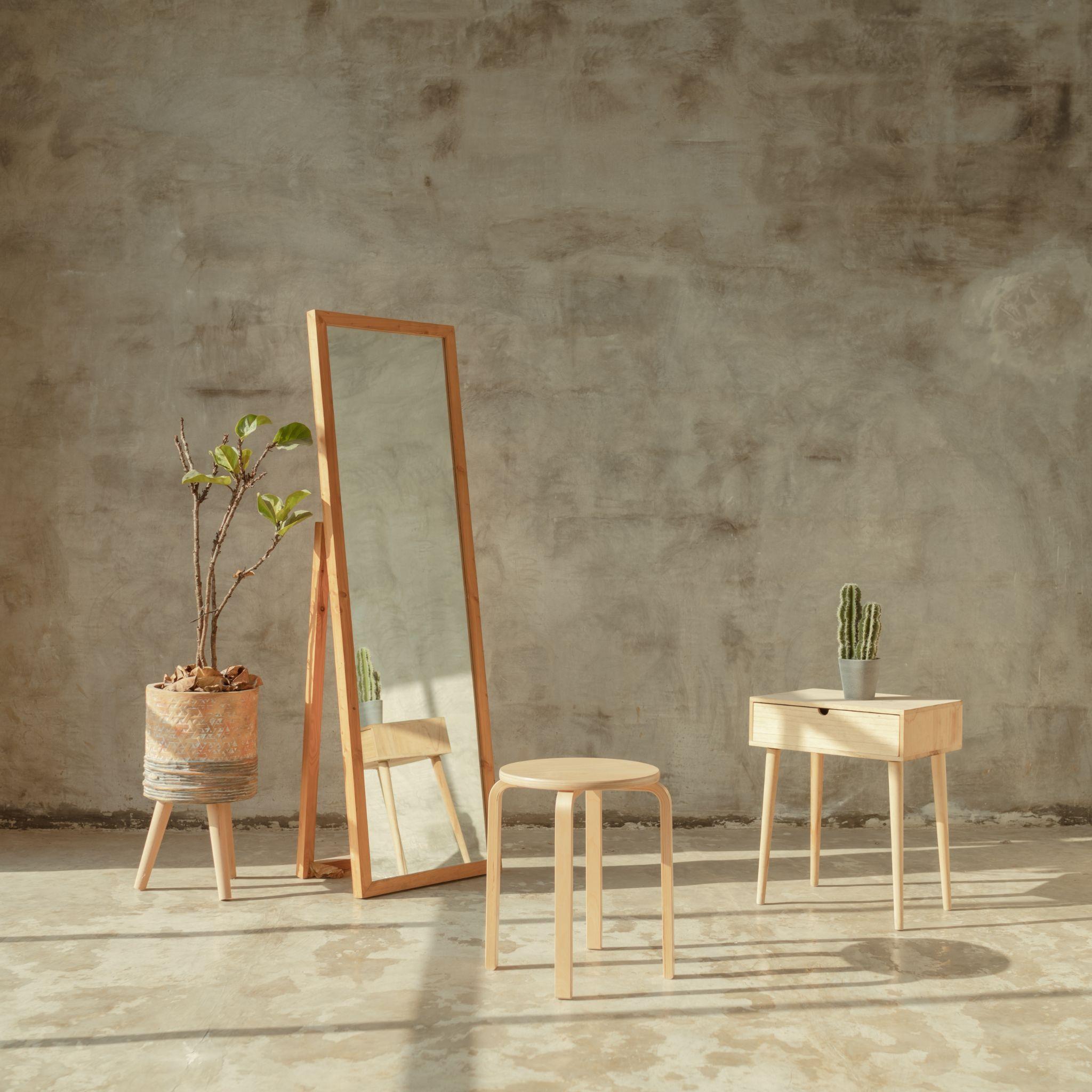
Credit: Pexels
Here are some factors you should consider before choosing the best plants for bright light:
1. Amount Of Light
When choosing plants for bright light, it is important to consider the amount of light available in the space where the plant will be grown. Plants need different amounts of light depending on the time of year and the type of plant.
For example, succulents need more light in the winter than in the summer, and impatiens need more light in the summer than in the winter.
2. Type Of Light
When choosing plants for bright light, it is also important to consider the type of light available. There are two types of light: direct and indirect. Direct light is intense and direct, like the light from the sun. Indirect light is softer and less direct, like the light from a window.
3. Location Of The Area
Plants that require bright light should be placed in an area that receives direct sunlight for at least six hours per day. If direct sunlight is not available, plants can be placed under artificial lights, such as grow lights.
4. Intensity Of Light
Grow lights are available in a variety of shapes, sizes, and styles. The most important factor to consider when choosing a grow light is the intensity of the light. Grow lights are measured in terms of watts per square foot.
For example, a grow light that is 30 watts per square foot is more intense than a grow light that is 20 watts per square foot.
What Is Considered Bright Light For Indoor Plants
In general, plants that need bright light originate in tropical or subtropical regions of the world. These plants are used to growing in full sunlight, which means they need at least six hours of direct sunlight per day.
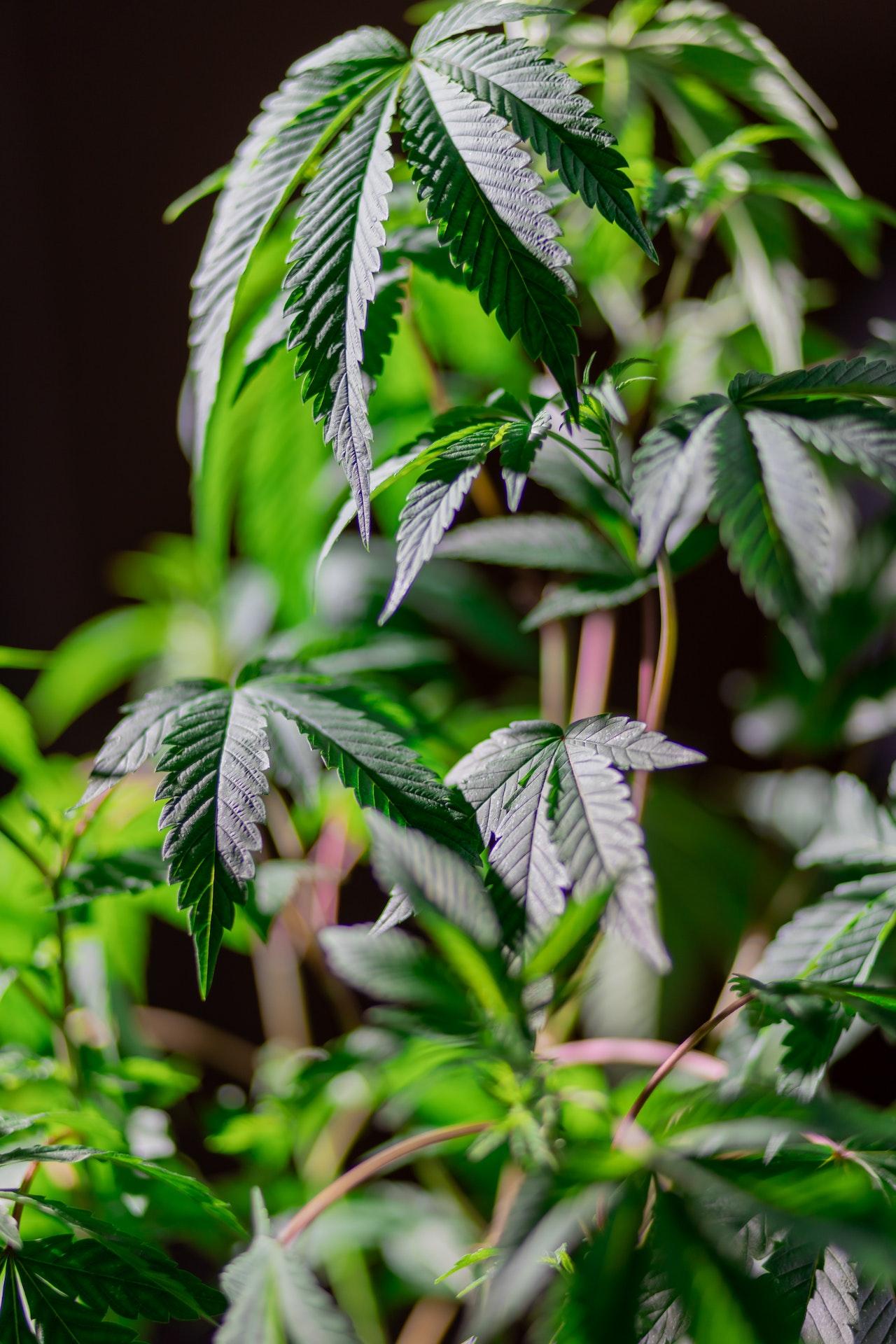
Credit: Pexels
Some plants, such as succulents, cacti, and other desert plants, require bright light to survive and will not do well in lower light levels. If you’re unsure whether a plant needs bright light, you can check the plant tag or ask a nursery worker.
The plant tag will usually have a symbol that indicates the light requirements for the plant. The symbols can vary depending on the plant, but a plant that needs bright light usually has a sun symbol or the word “full sun.”
If you’re growing plants indoors, you’ll need to provide bright light with artificial light sources. The best way to do this is to use fluorescent light bulbs. There are also special grow lights that are designed to provide the right kind of light for plants.
The Benefits Of Bright Light For Indoor Plants
There are many benefits of growing plants in bright light.
- Plants grown in bright light are often more vigorous and produce more flowers than those grown in lower light levels.
- They also tend to be more disease-resistant.
5 Best Plants For Bright Light
There are a lot of different plants that can thrive in bright light, but some are better suited for it than others. Here are some of the best plants for bright light:
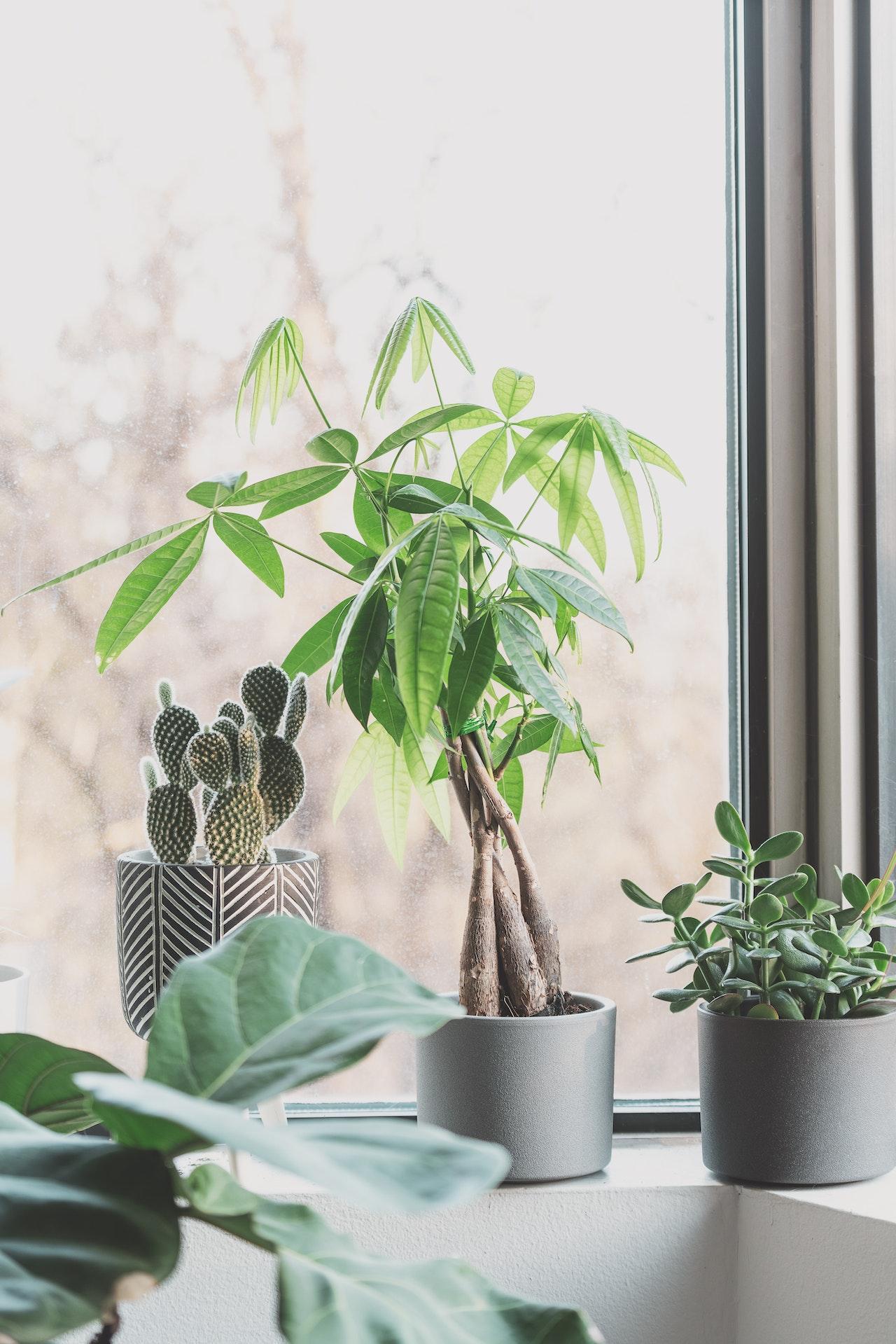
Credit: Pexels
1. Cacti and succulents:
These plants are used to grow in sunny, dry conditions and can tolerate a lot of bright light.
2. Snake plants
These tough plants can also handle a lot of bright light and are very easy to care for.
3. Peace lilies
These beautiful plants do well in bright, indirect light but can also tolerate some direct sunlight.
4. Fiddle leaf figs
These popular plants need bright, indirect light to thrive.
5. Philodendrons
These plants are very versatile and can do well in either low or bright light, depending on the variety.
So there you have it, some of the best plants for bright light. With a little research, you can find the perfect plant to brighten up your home.
What Is Considered Medium Light For Plants
If you are looking for a general answer, most plants will do fine with medium light. It means that the plant will need some indirect sunlight but can also tolerate some shade. When it comes to indoor plants, there are a few things to consider when determining how much light is needed.
- The type of plant, as some require more light than others.
- The location of the plant, as some locations in your home, will have more light than others.
- The time of year is important because the amount of natural light available varies with the seasons.
If you are not sure about a particular plant, it is always best to err on the side of too much light rather than too little.
What Is Considered Low Light For Plants
Many plants need bright light to grow well, but others will grow better in low-light conditions. Plants, such as ferns and impatiens, prefer lower light levels and will not do well in bright light.
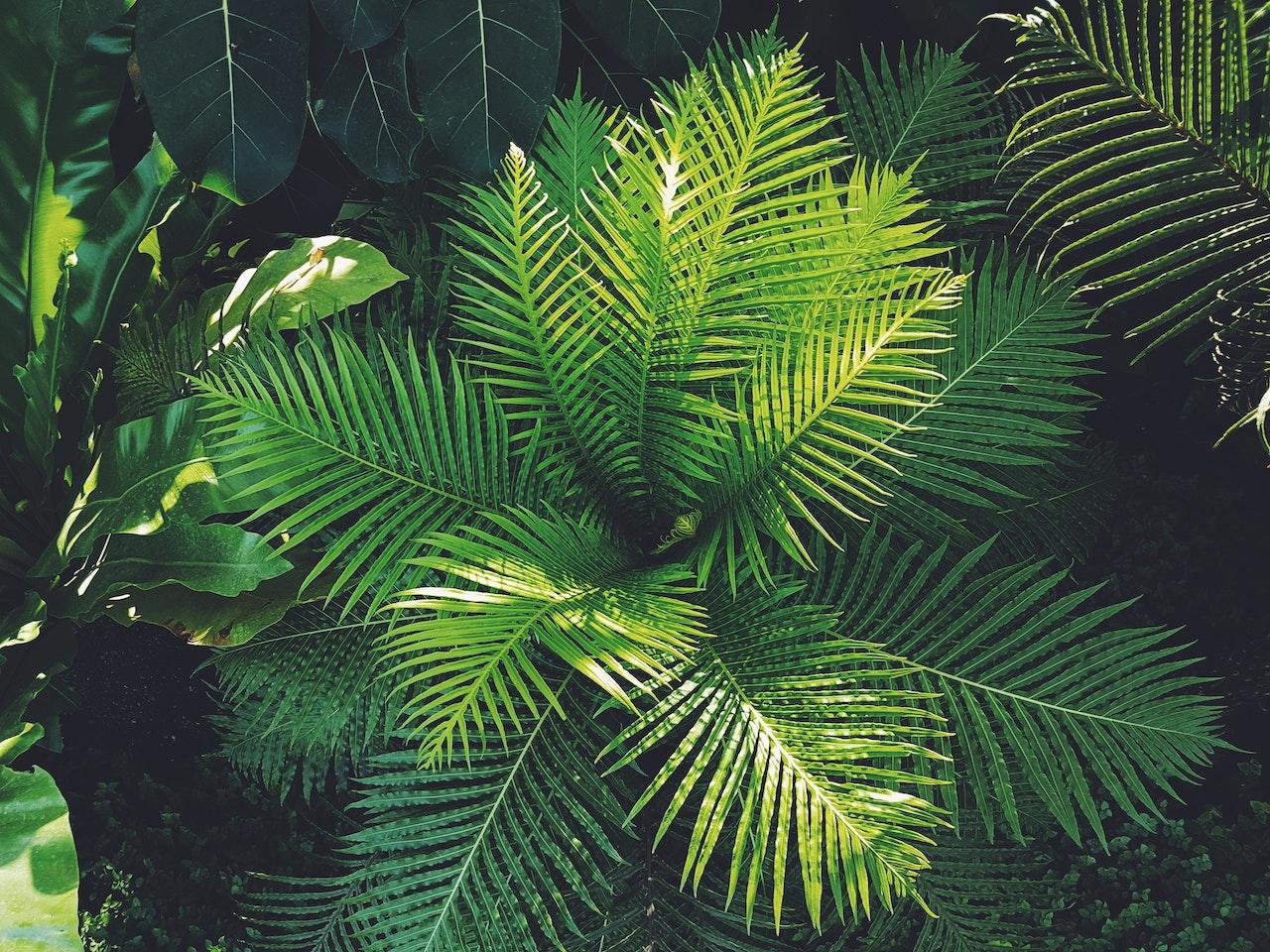
Credit: Pexels
If you are looking for plants to grow in a low-light area, there are a few factors to consider.
1. Amount Of The Light
Consider the amount of light that is available. If the area is very dark, then you will need to choose plants that can tolerate low light levels. If the area is only lightly shaded, then you will have more options to choose from.
2. Type Of Light
Think about the type of light that is available. If the area gets direct sunlight, then you will need to choose plants that can tolerate that level of light. If the area gets indirect sunlight, then you will have more options to choose from.
3. Temperature Of Area
Consider the temperature of the area. If the temperature in your area is very hot, then you will need to choose plants that can tolerate that level of heat. If the area is cool, then you can choose from low-light plants.
4. Amount Of Humidity
Think about the amount of humidity in the area. If the area is very humid, then you will need to choose plants that can tolerate that level of humidity. If the area is not very humid, then you will have more options to choose from.
With all of these factors in mind, you should be able to choose the best plants for a low-light area.
The Benefits Of Low-Light Plants
There are many benefits of low-light plants. Some are mentioned below:
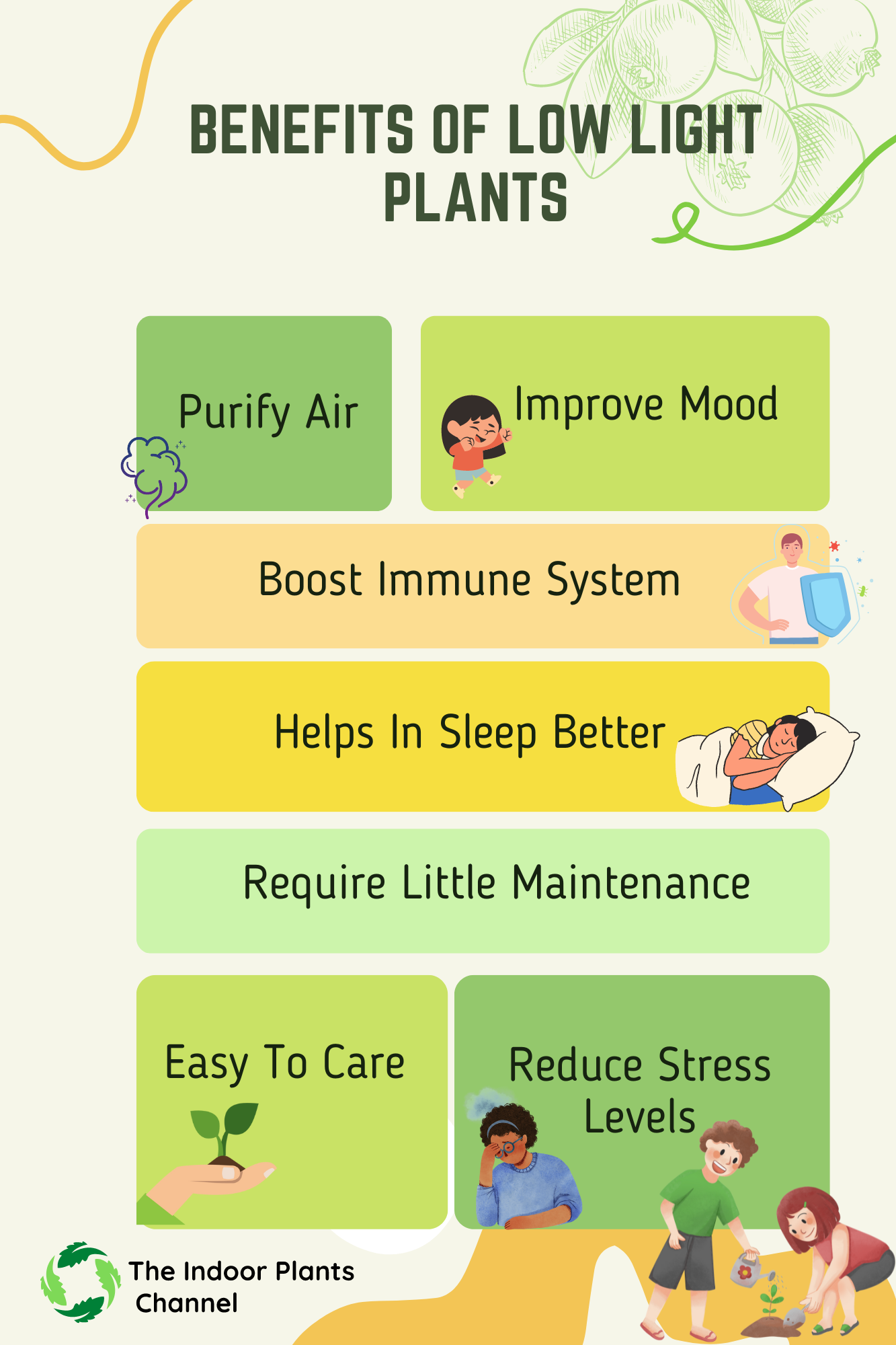
10 Best Plants For Low Light
There are a variety of plants that can thrive in low-light conditions. Some of the best plants for low light include:
- Snake plants
- ZZ plants
- Pothos
- Philodendrons
- Peace lilies
- Dracaenas
- Ficus
- Schefflera
- Aglaonemas
- Spathiphyllum
The Different Types Of Light For Plants
Many plants require bright direct sunlight to thrive, but others thrive in low indirect light conditions. There are three different types of light to consider while growing indoor plants:
- Sunlight
- Artificial light
- Shade
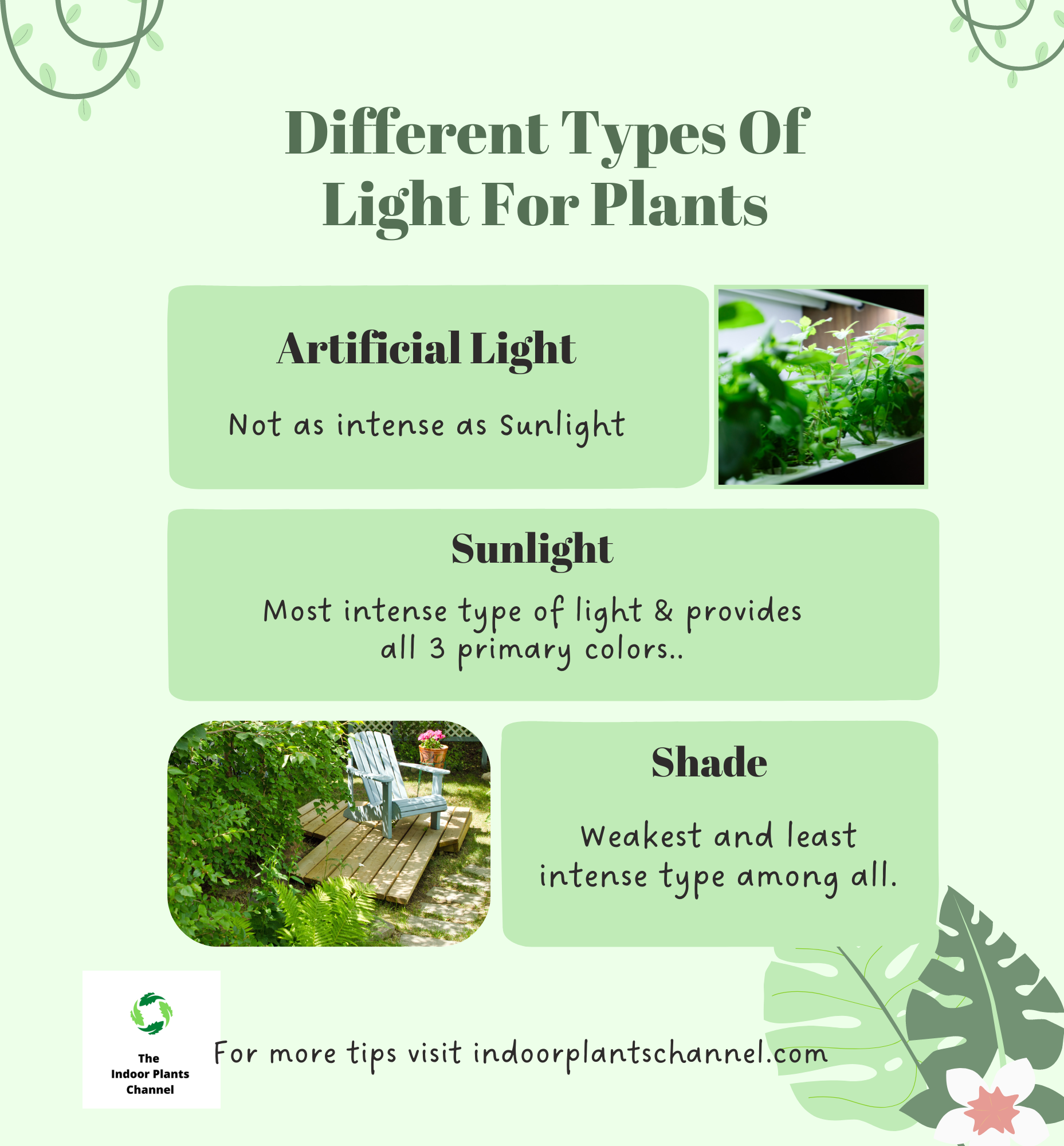
Each type of light provides different amounts of the three primary light colors: red, blue, and green. Plants need light to grow, but too much light can be harmful. The amount of light a plant needs depends on the type of plant.
1. Sunlight
Sunlight is the strongest and most intense type of light. It provides all three primary colors of light in equal amounts.
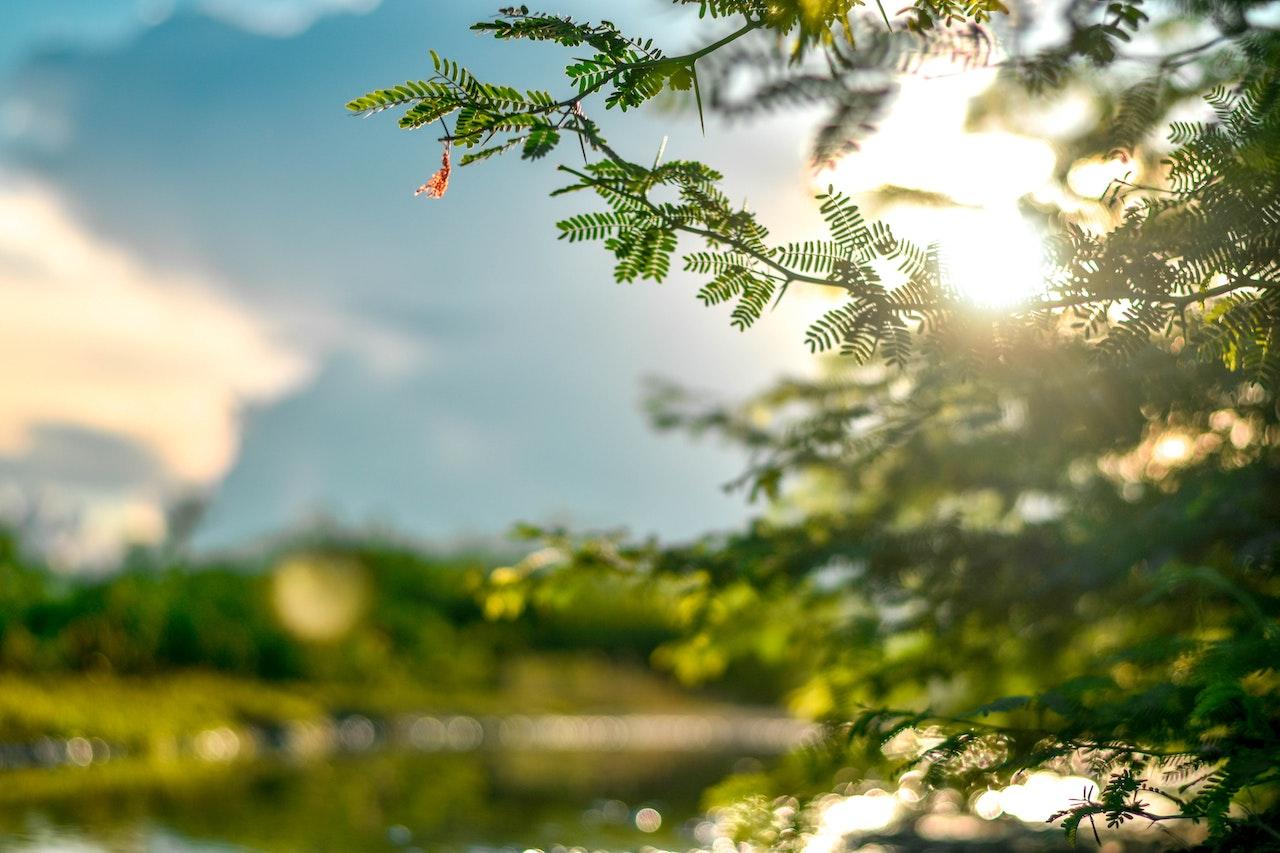
Credit: Pexels
It can be harmful to some plants if they get too much sunlight. Plants that need full sunlight should be placed in an area where they will get at least six hours of direct sunlight each day.
2. Artificial Light
Artificial light is not as intense as sunlight, but it can provide all three primary colors of light. Plants that need artificial light should be placed under grow lights. Grow lights come in different intensities, so you will need to choose the right intensity for your plants.
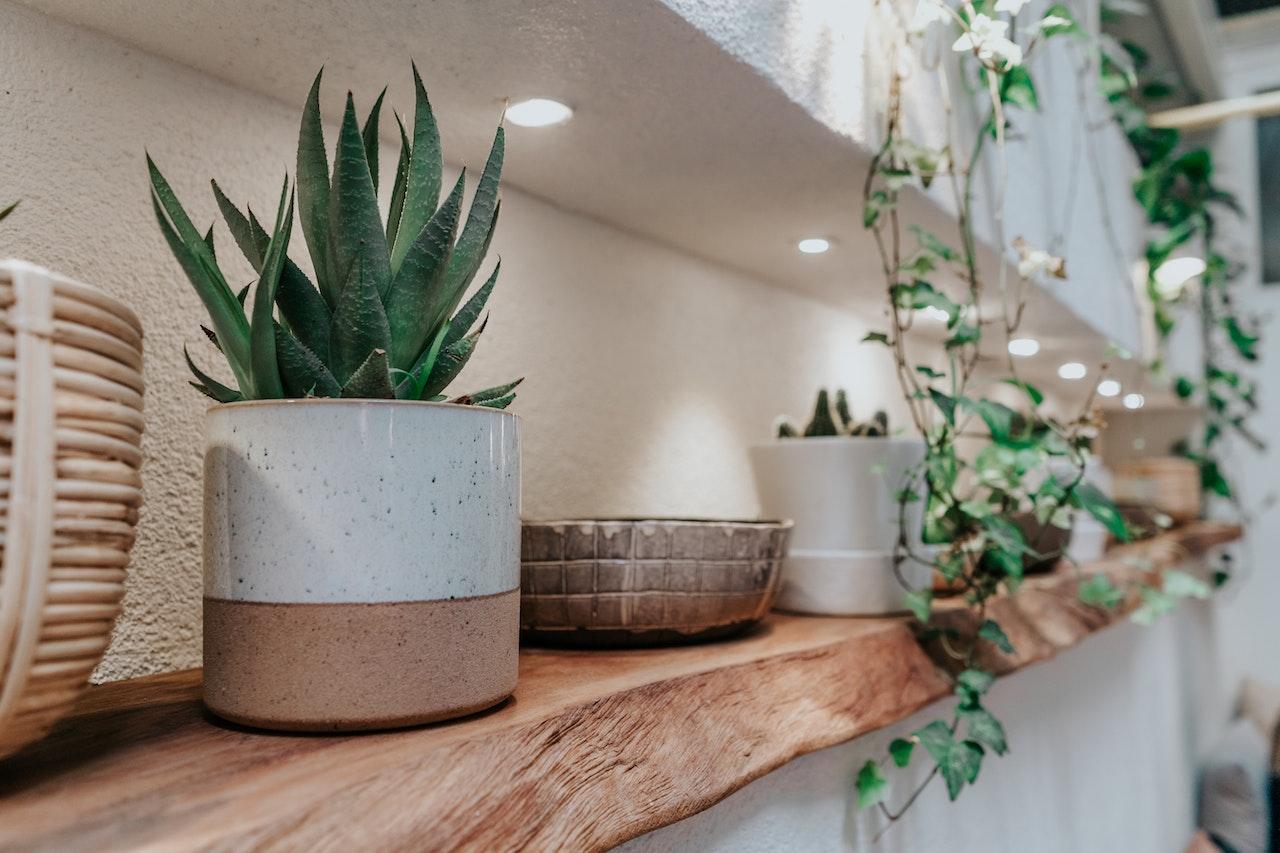
Credit: Pexels
3. Shade
Shade is the weakest and least intense type of light. It provides very little of the three primary colors of light. Shade-loving plants should be placed in an area where they will get no more than four hours of direct sunlight each day.
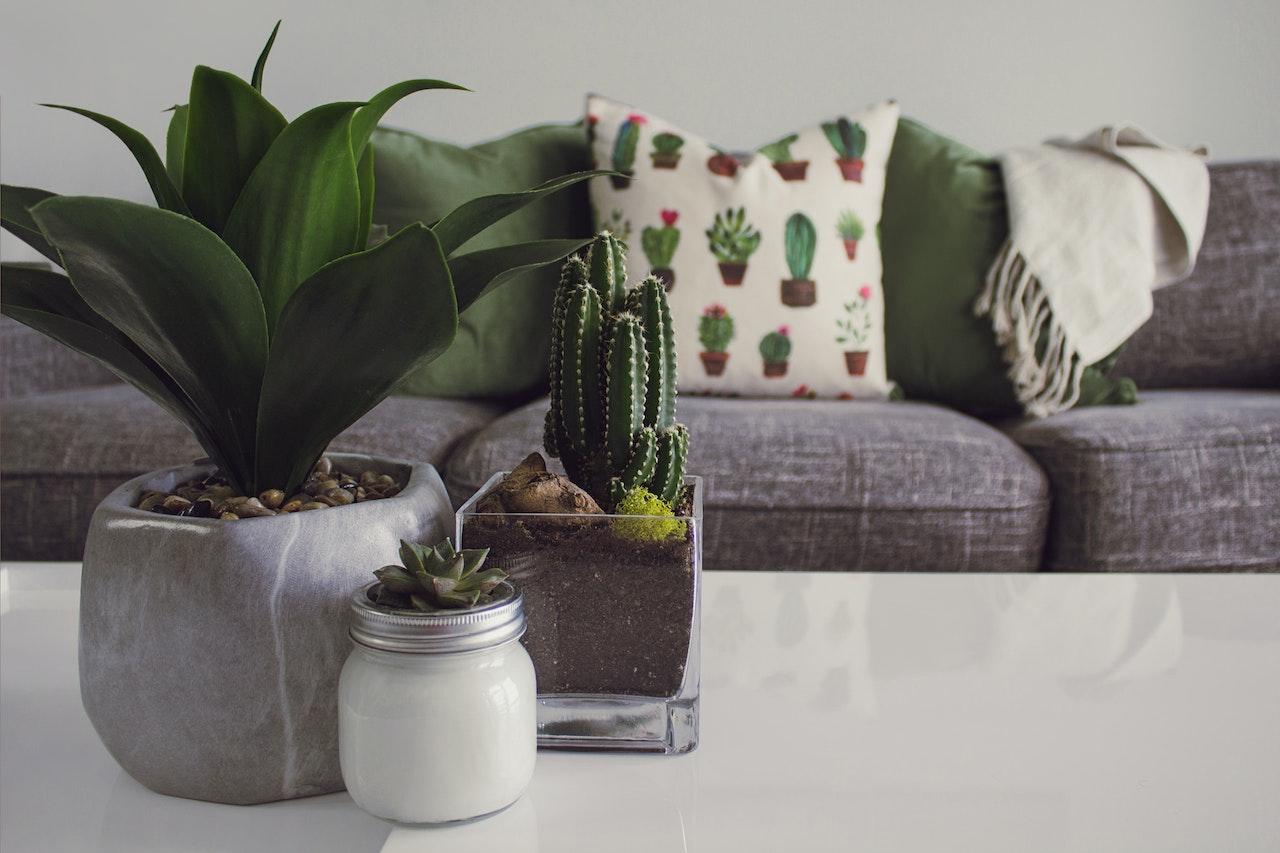
Credit: Pexels
How Much Light Do Plants Need?
Plants need different amounts of light depending on what they are. Some plants need a lot of light, while others only need a little bit. The amount of light a plant needs also depends on the time of year. In the winter, when the days are shorter, plants need less light than they do in the summer.
Expert Ideas
- Place the plant in a spot where it will receive indirect sunlight for most of the day.
- If the plant is in a pot, consider adding some rocks or pebbles to the bottom for drainage.
- Make sure to water the plant regularly and fertilize it every few months.
- Trim the leaves regularly to keep them looking healthy and tidy.
Bonus Tip
To ensure that your plant receives the appropriate amount of light, place it in a location where it will receive indirect sunlight for most of the day.
Frequently Asked Questions
1. What is considered medium light for plants?
There is no definitive answer to this question as different plants thrive in different light conditions. However, as a general rule of thumb, plants that require medium light should be placed in an area that receives indirect sunlight for most of the day.
If you are unsure whether a particular plant needs medium or low light, it is always best to err on the side of caution and choose a spot with less light.
Conclusion
If you’re looking to add some greenery to your home but are limited on space or bright light, consider these tips on how to choose the best plants for bright light. With a little research, you can find the perfect plants to liven up your home without worrying about getting them enough sunlight.
Michelle Wilde
Related posts
6 Comments
Leave a Reply Cancel reply
![]()
About Michelle Wilde
Michelle Wilde is a stay-at-home mom and avid plant lover. Armed with a post-graduate degree in Computer Science (no kidding!), she loves researching plants and landscapes. When she is not caring for her 4 kids, she spends time on her passion for plants. She blogs at www.indoorplantschannel.com, the trusted source for indoor plants.
Learn more
Subscribe
* You will receive the latest posts and updates about indoor plants!
Search
Recent Posts
Categories
- Beginner Guides (10)
- FAQ (206)
- General (2)
- How-To Guides (212)
- Indoor Plants (214)
- Pest Management (2)
- Plant Problem Solutions (4)
- Seasonal Growing (2)
- Specialized Environments (2)
- Specific Plant Care (3)
- Technical Growing (2)
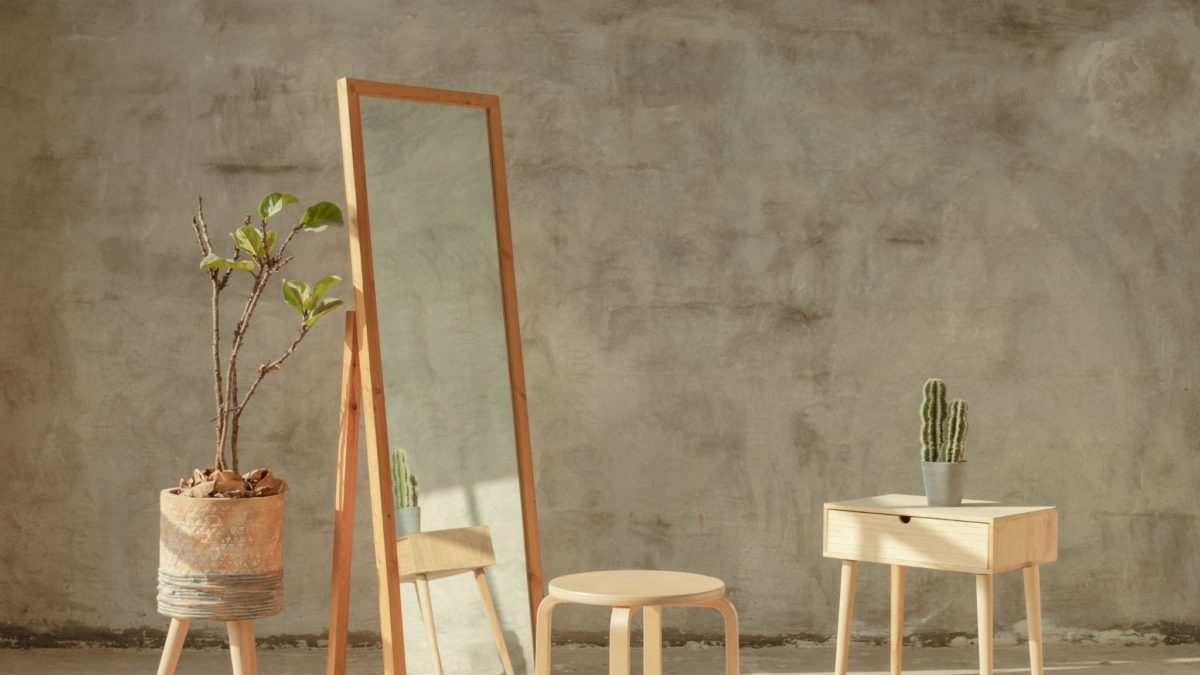
[…] need bright light and well-drained soil and should be watered only when the soil is dry. Be sure to use a pot with […]
[…] you have a greenhouse, that is the perfect spot for a rubber plant. The warm temperatures and bright light will be just what the plant […]
[…] are often thought of as being easy to care for, but they can be challenging. They need bright light and well-drained soil. They also need to be watered deeply, but not too often. Overwatering can […]
[…] Plants that need bright light can be placed in a south-facing window. […]
[…] type of grow light is the high-intensity discharge light. These are the big, bright lights you see in warehouses and stadium lights. They are very bright and emit a lot of heat, so they are […]
[…] of light. Direct lighting can be too intense for some plants, causing them to wilt or burn. When choosing a light for your plants, be sure to consider the type of plant and the amount of light it needs to […]